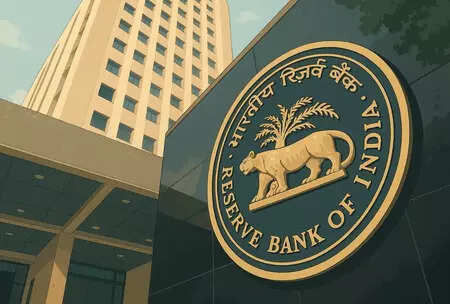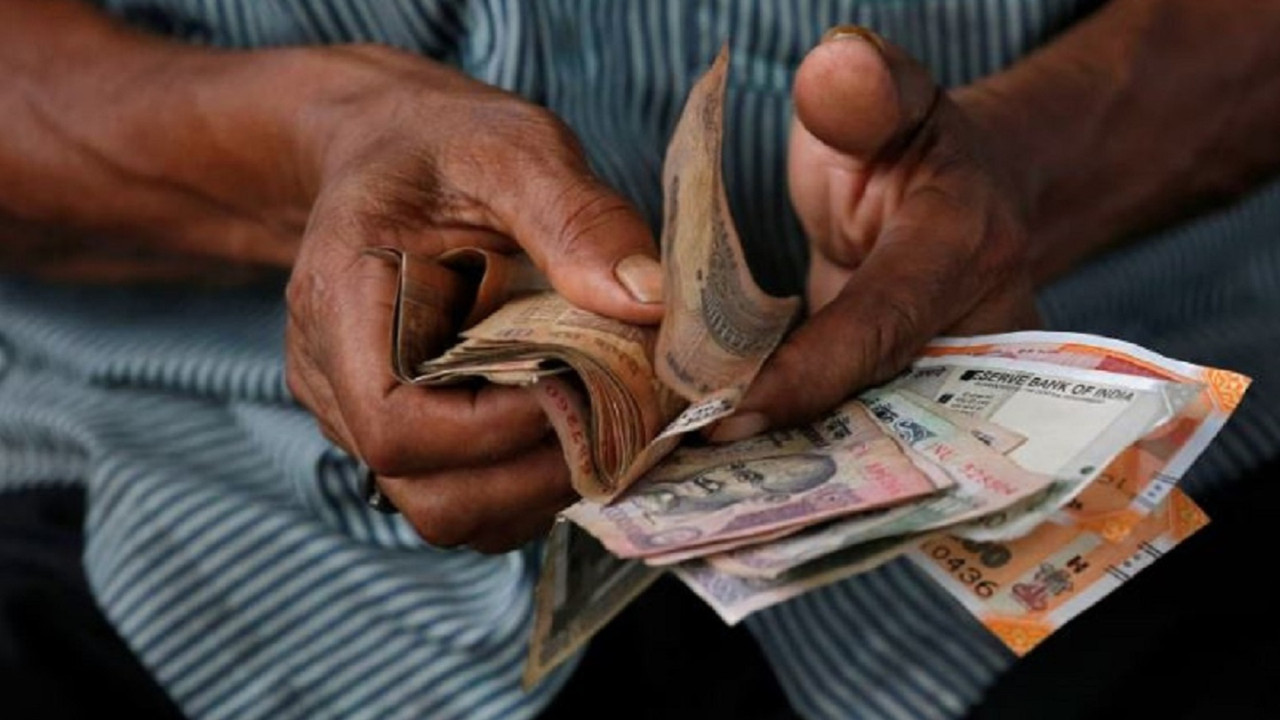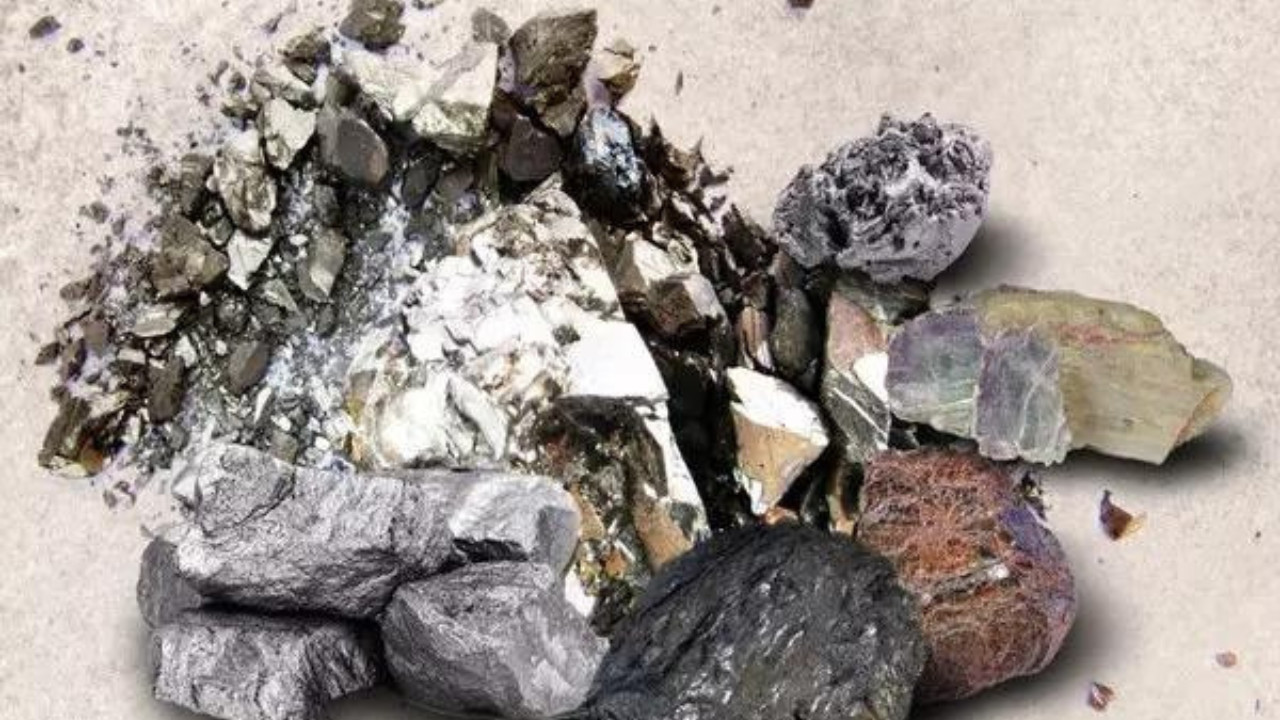India’s textile and apparel sector experienced growth in July 2025, with exports increasing by 5.37% to $3.10 billion. The industry’s resilience amid global uncertainties has solidified its role as a key contributor to employment and economic growth. Cumulative textile exports for April-July 2025 reached $12.18 billion, a 3.87% rise. Ready-made garment exports also saw a boost, climbing 4.75% in July.
Indian Textiles Weather the Global Storm: A Stitch in Time
The global economy’s been throwing curveballs left and right, but India’s textile sector seems to be dodging them with surprising agility. July’s export figures are in, and they paint a picture of resilience, showcasing a 5.37% increase in textile shipments compared to last year. That’s not just a blip; it’s a testament to the industry’s adaptability and the growing demand for Indian fabrics and apparel on the world stage. But what’s driving this unexpected growth, and can it be sustained?
For those watching the market closely, this isn’t entirely out of the blue. The sector has been proactively working on several fronts. Investments in technology upgrades are beginning to bear fruit, allowing manufacturers to offer higher-quality products and meet stringent international standards. There’s also a concerted effort to diversify export markets, reducing reliance on traditional strongholds and tapping into emerging economies with burgeoning consumer bases.

But let’s zoom out a bit. Looking at the bigger picture, the cumulative export figures for April-July tell an even more compelling story. This period saw a total of $12.18 billion in textile exports, a significant jump from the previous year. This sustained growth highlights the underlying strength of the Indian textile industry, even amidst global economic uncertainties and supply chain disruptions.
Decoding the Demand for Indian Textiles
So, what exactly are global buyers craving from India? The answer is multifaceted. India’s rich textile heritage plays a significant role. From intricate handloom weaves to vibrant printed fabrics, the unique artistry and craftsmanship are highly sought after. Plus, there’s a growing global awareness of sustainable and ethical sourcing, and many Indian manufacturers are stepping up to meet these demands.
Indian textiles are increasingly seen as a responsible choice, aligning with the values of conscious consumers worldwide. Transparency in the supply chain, fair labor practices, and eco-friendly production methods are becoming key differentiators, giving Indian exporters a competitive edge.
Challenges Looming on the Horizon: What’s Next for Textile Exports?
The positive export numbers are cause for celebration, but complacency isn’t an option. The global economic landscape remains volatile, and several challenges could impact the industry’s future performance. Fluctuations in raw material prices, particularly cotton, can significantly affect production costs and profit margins. Geopolitical tensions and trade barriers also pose a threat to export growth.
The industry also needs to continue investing in innovation and skill development. Embracing new technologies like automation and artificial intelligence can enhance productivity and efficiency. Equipping the workforce with the skills needed to operate these technologies is crucial for long-term competitiveness. Moreover, robust marketing and branding strategies are vital to position Indian textiles as premium products in the global market.
There is already movement in this direction, and it is imperative to keep the momentum going. Consider the importance of value addition. Shifting from exporting raw materials to finished goods can significantly increase revenue and create more jobs within the country. This requires a focus on design, product development, and branding, transforming India from a textile producer to a global fashion hub.
The Future is Woven with Potential: Sustaining the Growth of Indian Textiles
India’s textile industry possesses the potential to not only withstand global headwinds but to thrive in the face of them. By capitalizing on its unique strengths – its rich heritage, growing focus on sustainability, and skilled workforce – the sector can solidify its position as a global leader. The recent export figures are encouraging, but sustained growth will depend on proactive measures, strategic investments, and a commitment to innovation. The story of India’s textile exports is far from over; in fact, it feels like it’s just getting started. We’ll continue to monitor its progress here, as it is an excellent case study in how a national industry can find success even in a challenging environment. It’s a positive sign for the future of Indian manufacturing, and we are eager to see how this success story develops.







